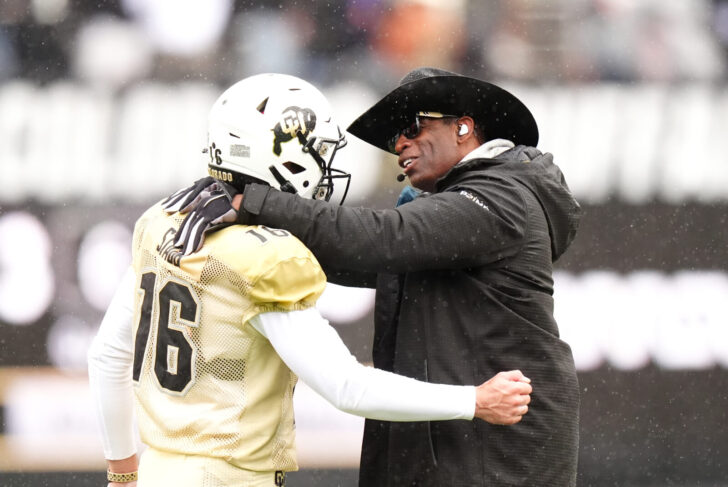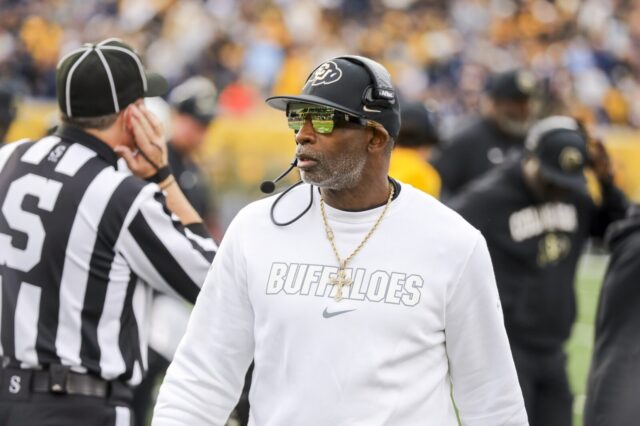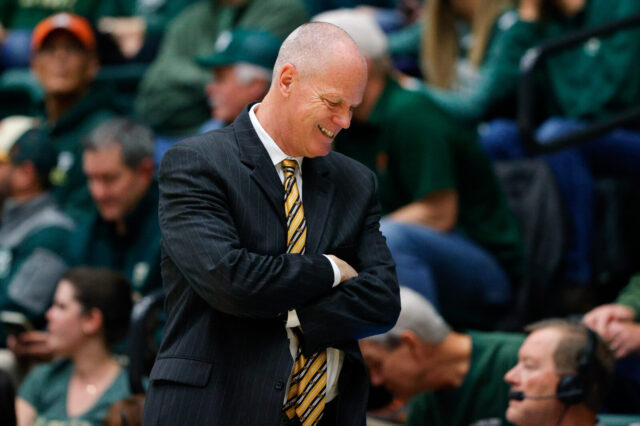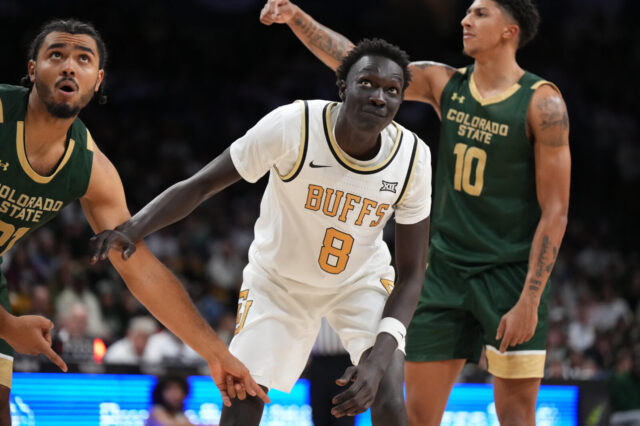Strike 3: On the surface, it looks like the NCAA took it in the shorts in their landmark antitrust lawsuit settlement in the “House v NCAA” case. Payments totaling almost $2.8 billion (with a “B”) will come out of the coffers of the NCAA and member schools for the next decade. Ouch.
The century old model of “amateurism” is officially dead.
Nothing is final, and there are still more questions than answers at this point (like how Title IX figures into all this, for example) but a few things are clear: One of those is that starting now, Name, Image and Likeness “collectives” will be fighting with athletic departments everywhere over booster dollars that will ultimately end up in the pockets of student athletes. The schools – who can pay a total of up to $20 million a year in defacto “salaries” for all their student-athletes – will want to bring that money in from boosters, who since 2021 have been paying it into NIL collectives. Will the collectives go away quietly?
The way things have been since 2021, the schools could not directly pay the players, only the outside collectives and sponsors could. The athletic departments could steer players to NIL groups, but the payments still came from the third party or sponsor. This over-the-table method emboldened boosters and made the “show me the money” approach of a certain University of Colorado football coach appear to be the wave of the future.
As the man says, not so fast my friend. Part of the big schools playing field has been leveled. The 25 per year and 85 total scholarship limits for football will be gone, replaced by roster size restrictions. (Sorry, SEC schools.) Every school will be allowed to pay players the exact same amount of money. Certainly superstars are still going to get big endorsement deals, but the allure of bigger paydays if a player transfers will be greatly mitigated.
This means the roster building methods that several coaches, including Deion Sanders, have used to remake the Colorado roster for example – transfer to CU for a bigger payday – will be greatly diminished. Perhaps Deion will be able to continue to acquire sponsor dollars for certain individual players (and himself) but by and large, it will be up to the CU administration how athletes salaries will be distributed and how much of the $20 million will go to the football roster.
College sports have been turning into pro sports for a long, long time. This decision simply accelerates that. But it also removes control from coaches who have been leaning on specific boosters and more recently NIL collectives to help fund their specific programs. It centralizes the control of funds that go to student athletes, making it harder and harder for a football coach to capture the lion’s share of booster donations for his particular sport.
The “winners” (as if anyone who is on the hook for part of $2.8 billion can be called a winner) in all this are the schools in the Big Ten and the SEC of course, where the revenue from non-booster sources are the highest and where any battles between athletic departments and collectives over who receives donations will be less important. For a school like CU – moving to the financially stable Big 12 – there will be pressure to keep up in the salaries department while also servicing existing debt and keeping boosters happy.
And when Deion leaves Boulder after this season and takes his personal boosters with him? Paying out that same $20 million a year that Iowa State and Central Florida are allowed to pay out might become a challenge for CU athletic department fundraisers who’ve had it pretty good since Deion arrived.





